-
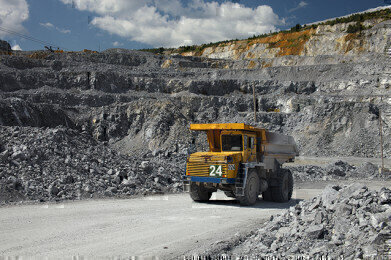 Limestone quarry with heavy truck
Limestone quarry with heavy truck -
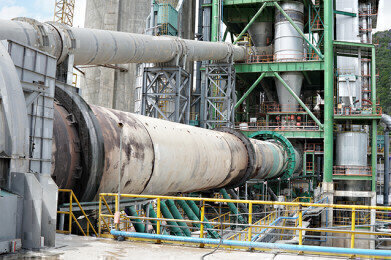 Rotary kiln on a cement plant
Rotary kiln on a cement plant -
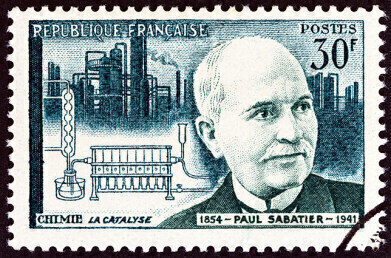 Paul Sabatier
Paul Sabatier -
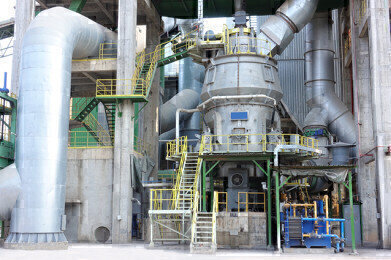 Grinding mill on a cement plant
Grinding mill on a cement plant -
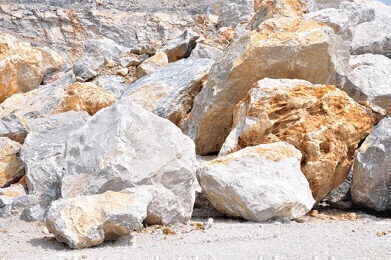 Limestone rock is the main raw material for cement
Limestone rock is the main raw material for cement -
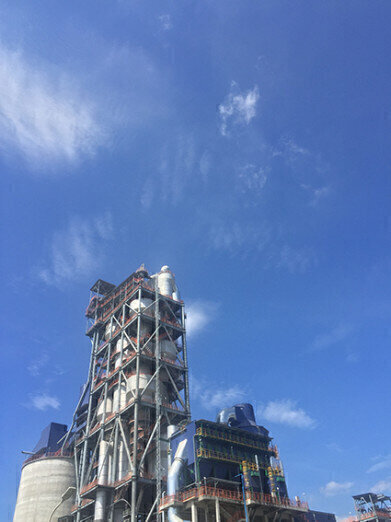 Cyclones and calciner in a cement plant
Cyclones and calciner in a cement plant -
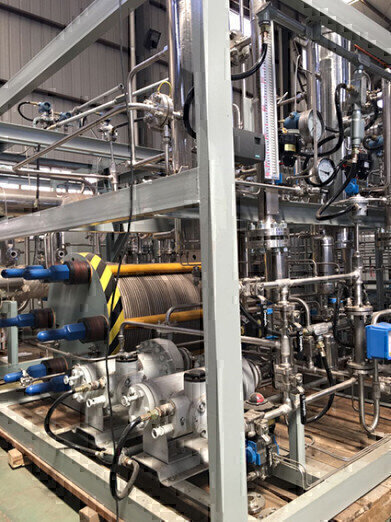 Copyright Shaanxi Westitan - hydrogen electrolyser
Copyright Shaanxi Westitan - hydrogen electrolyser -
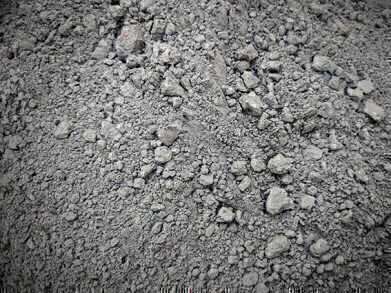 Cement powder
Cement powder -
 Co-combustion of waste bio-oils is regarded as carbon neutral.
Co-combustion of waste bio-oils is regarded as carbon neutral. -
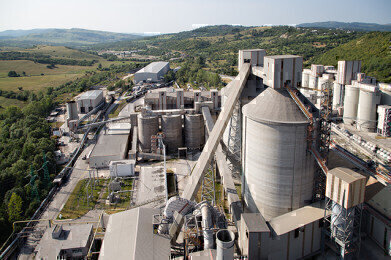 Cement plant
Cement plant -
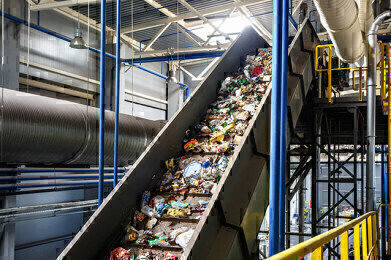 Waste is co-combusted on cement plants
Waste is co-combusted on cement plants -
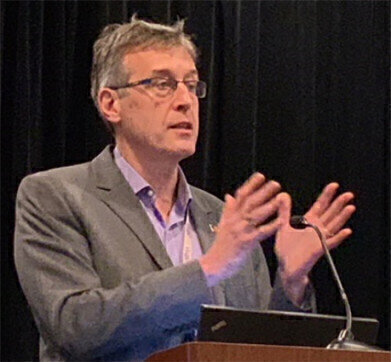 Xavier d'Hubert
Xavier d'Hubert
Air Clean Up
Decarbonisation of cement-making
Feb 16 2021
Author credit – Stephen B. Harrison, Managing Director sbh4 consulting and Xavier d’Hubert, Business Development Manager, XDH-energy
Cement-making is considered ‘difficult to decarbonise’. The challenge is that carbon dioxide emissions result from the process itself, in addition to combustion of fuels for heat and energy to operate the process, auxiliary machinery and the supply chain to and from the cement plant.
In cement-making, calcium carbonate in the form of limestone is chemically reduced to form calcium oxide. Carbon dioxide is produced from the process chemistry. There simply is no alternative way to produce calcium oxide from limestone. Carbon dioxide production cannot be avoided. However, there are many things that can be done to mitigate carbon dioxide emissions to atmosphere. Decarbonisation may be ‘difficult’, but it is possible.
Carbon dioxide emissions from the supply chain and auxiliary machinery
Limestone, clay, and sand are the main ingredients for cement-making. Other materials can be added, but these minerals make up the biggest tonnages that are moved from quarries to the cement plant. Decarbonisation of the supply chain can be supported by using hydrogen-powered fuel-cell trucks to replace diesel mining vehicles.
It is estimated that 10% of carbon dioxide emissions related to cement production result from transportation and electrical power required to operate auxiliary machinery within the process. Fans to move hot gases consume power. As do the limestone crushers and cement clinker grinding mills. The sintering process operates in a huge rotary kiln, which requires a beefy motor, also drawing electrical power.
Altogether, a standard 3,000 tonnes per day cement plant will require between 20 and 25MW of power. Process integration can mitigate some of this power consumption. Waste heat recovery from the flue gases for an Organic Rankine Cycle (ORC) or steam plant for electricity self-generation is highly relevant for cement plants. Energy efficiency results in a reduction in total system carbon dioxide emissions. Renewable electricity generation is also an option and some cement plants have installed PV solar or wind farms.
Low-carbon heat generation
The first stage of cement making takes place in a tall vertical tower where multiple cyclones and often a calciner are located. Crushed limestone and clay are heated to 1000 °C. Calcium Carbonate (CaCO3) is converted to carbon dioxide and calcium oxide (CO2 + CaO). The mineral mixture then passes through a horizontal rotating kiln at 1450 °C where clinker is formed.
Every industry has specific terminology and cement making is all about understanding the ‘Cs’. The term ‘clinker’ refers to what comes out of a ‘cooler’ which is located at the discharge of the kiln system. ‘Cement’ is produced when ‘clinker’ is mixed with other additives such as gypsum. ‘Concrete’ is produced by mixing ‘cement’ with aggregate and allowing that to harden, or ‘cure’.
The limestone and clay require a tremendous amount of energy to heat them in the process. Furthermore, the calcination reaction is endothermic and requires energy to liberate the carbon dioxide from the limestone. Heating typically accounts for 30 to 35% of the carbon dioxide emissions related to cement production.
In locations where natural gas is cheap, it can be used to fire burners on the cement plant. However, in many countries natural gas is a premium fuel and coal or petcoke have traditionally been used to ensure the cement is affordable. Increasingly, refuse derived fuels and biomass are used to generate heat for cement making.
Refuse derived fuels, or RDF, can include scrapped tyres and mixed plastic waste. Combustion of waste materials does produce carbon dioxide, but the International Panel on Climate Change (IPCC) regards incineration of the biogenic fraction of waste as carbon dioxide neutral. Animal carcasses, scrap wood, waste vegetable oils and post-consumer wastepaper meet this definition.
Oxygen enriched combustion can be implemented on many existing cement plants to support the decarbonisation of heat generation. When oxygen is added to the combustion air, several decarbonisation benefits arise. Firstly, the flame temperature increases which means that a higher fraction of biogenic waste can be burned. This is because the extremely high temperature will ensure complete combustion of most wastes.
Secondly there is less gas entering the process and less heat is required to warm the gas up to the high temperatures in the calciner and kiln. This saves energy. Cement production throughput can also be increased by 5 to 10% due to process intensification. This can offset some of the costs of the oxygen supply.
The third reason is because the use of oxygen-enriched air means that the carbon dioxide concentration in the flue gas can be increased which makes carbon capture more cost effective. With full oxyfuel combustion the carbon dioxide concentration in the off gases could approach 85%.
Mitigation of regulated pollutant emissions such as mercury, VOCs, CO, NOx, SOx and particulates can also be simplified using oxygen enriched air because the flue gas treatment equipment can be downsized. Furthermore, the fans that are used to move hot gases around within the process can be smaller and will draw less electrical power.
Decarbonisation of the process
Formation of carbon dioxide during the calcination reaction is unavoidable and can account for up to 65% of carbon dioxide emissions from cement production. Capture of the carbon dioxide is an option and retrofitting carbon capture equipment to cement plants is conceivable. As carbon capture penetrates cement-making, the question will become: what can be done with the captured carbon dioxide?
In some cases, transportation of captured carbon dioxide to a CCS pipeline for permanent underground storage will be possible. This process is being used at Norcem’s Brevic cement plant in Norway. The plant is located on the banks of a Fjord which allows the carbon dioxide to be transported by ship to an offshore terminal where it will be permanently sequestered underground at high pressure.
If there is no CCS scheme close by, the captured carbon dioxide could be reacted with green hydrogen, produced by an electrolyser, to generate methane. The methane can then be used within the cement making process to fire the burners. The use of pure hydrogen on the burners or direct electrical heating would be complex in cement-making. Methanation of the hydrogen, in a reaction with carbon dioxide to produce methane (the Sabatier reaction), is a much better fit for the burner characteristics and heating requirements of cement-making.
Both hydrogen and oxygen can be used to support decarbonisation of cement production. This means that there is a perfect fit with electrolysis which generates both gases simultaneously. One of the challenges of electrolyser schemes in other sectors, which are often driven by the growing demand for hydrogen, is to find a use for the oxygen. In the cement plant the answer is clear: use an oxygen enriched combustion process.
Deep decarbonisation
Working to decarbonise the existing cement production process is one option. Beyond that, additional routes to decarbonisation exist. One emerging trend is to replace cement with less carbon-intensive binders such as calcined clay to make concrete.
Changes to the way concrete is made and used will also support decarbonisation. For example, fly-ash from coal combustion can partially replace clinker in cement. Less clinker production means reduced carbon dioxide emissions. Binding carbon dioxide into concrete during the curing process is also a way to utilise captured carbon dioxide.
The clinker – cement – concrete value chain can become less carbon intensive by taking incremental steps related to energy efficiency and oxygen enrichment. Deep decarbonisation using hydrogen, CCS and full oxyfuel combustion will also be possible as the supporting infrastructure required for these technologies develops.
Events
May 05 2024 Seville, Spain
May 13 2024 Munich, Germany
May 23 2024 Beijing, China
May 23 2024 Beijing, China
Jun 10 2024 Algiers, Algeria













